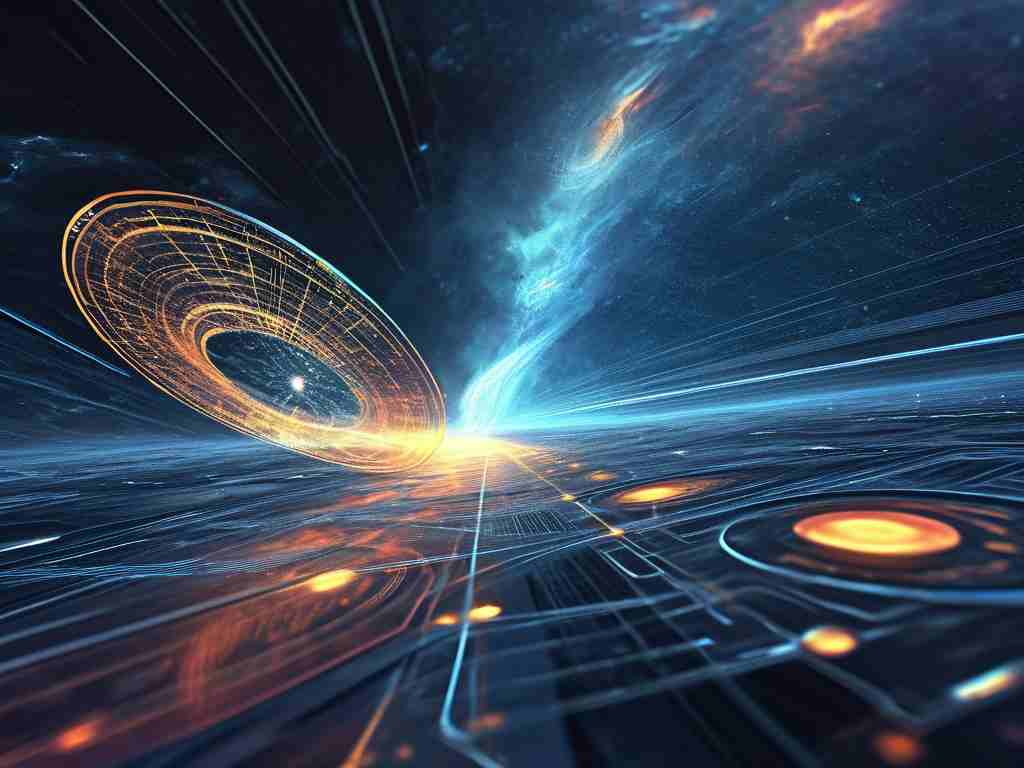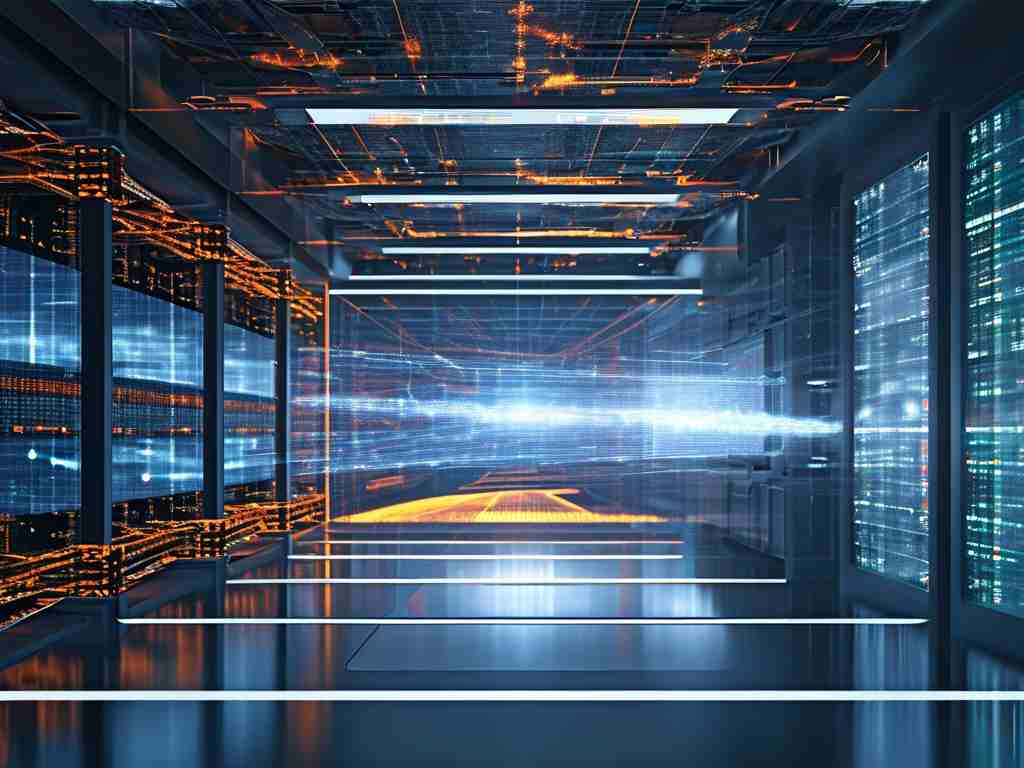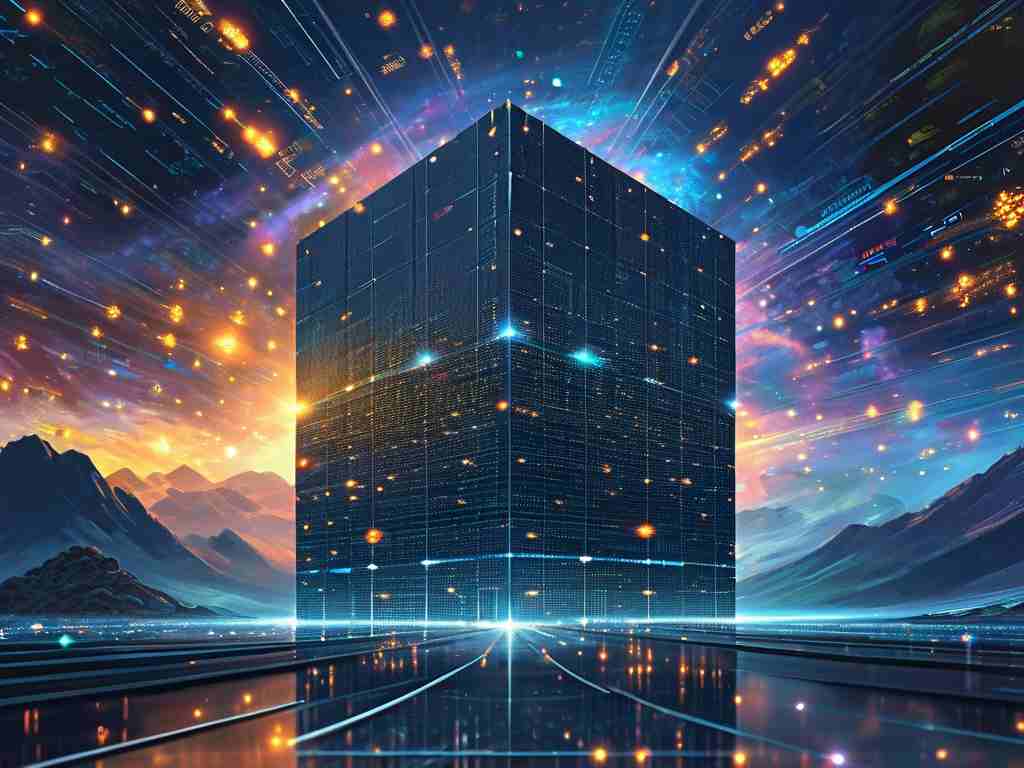Quantum computing has emerged as a revolutionary field, promising breakthroughs in cryptography, optimization, and scientific simulations. One common question among researchers and enthusiasts alike is: How much memory does a quantum computer actually have? To answer this, we must first redefine our understanding of "memory" in the context of quantum mechanics.
The Quantum Bit (Qubit) vs. Classical Bit
Traditional computers use bits that exist as either 0 or 1. In contrast, quantum computers leverage qubits, which exploit superposition to represent 0, 1, or both states simultaneously. This fundamental difference means that a single qubit can theoretically store exponentially more information than a classical bit. For example, 2 qubits can exist in 4 states at once (00, 01, 10, 11), and 300 qubits could represent more states than there are atoms in the observable universe. However, this doesn’t directly translate to "memory size" as we know it.
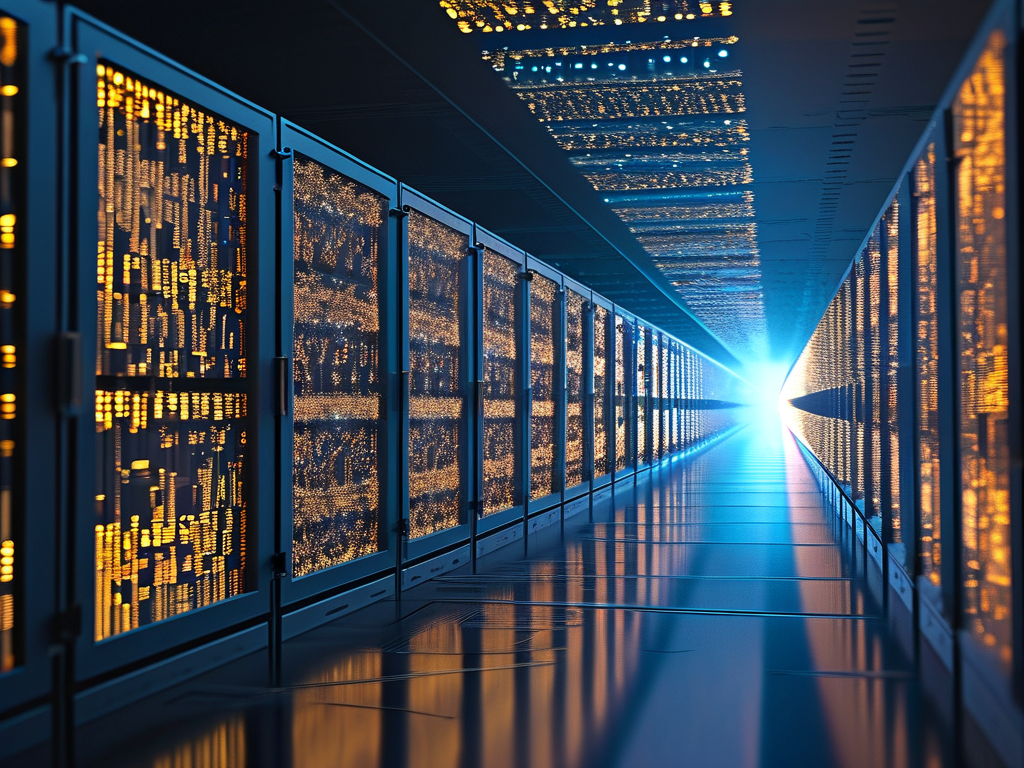
Measuring Quantum Memory Capacity
Quantum memory isn’t measured in gigabytes or terabytes but in the number of qubits and their coherence time—the duration qubits maintain their quantum state. Current quantum processors, like IBM’s 1,121-qubit Condor or Google’s 70-qubit Sycamore, focus on computational power rather than data storage. Unlike classical RAM, quantum memory is transient; data stored in qubits degrades rapidly due to environmental interference (decoherence). Advanced error correction techniques, such as surface codes, require thousands of physical qubits to stabilize a single logical qubit, further complicating direct comparisons.
Practical Applications and Limitations
In practice, quantum systems excel at solving specific problems—like factoring large numbers or simulating molecular interactions—but aren’t designed for general-purpose data storage. For instance, a 50-qubit system could theoretically process 2^50 combinations simultaneously, but extracting usable results requires careful algorithm design. Researchers at MIT recently demonstrated a hybrid approach, using classical servers to handle bulk data storage while offloading complex calculations to quantum hardware.
The Role of Entanglement
Quantum entanglement—a phenomenon where qubits share states instantaneously—enhances memory-like capabilities. Entangled qubits act as a unified system, enabling parallel processing that classical systems can’t match. However, maintaining entanglement across large-scale systems remains a technical hurdle. Startups like Rigetti Computing are experimenting with cryogenic cooling and electromagnetic shielding to prolong coherence times, but these solutions are energy-intensive and costly.
Future Prospects
Experts predict that fault-tolerant quantum computers, capable of error-free operation, may arrive by 2030. Such systems could integrate quantum RAM (qRAM), a theoretical concept allowing efficient data retrieval. A 2023 paper in Nature Quantum Information proposed a qRAM design using photonic qubits, claiming it could access 1 exabyte (1 billion gigabytes) of data in superposition. While still speculative, this highlights the potential for quantum memory to redefine data storage paradigms.
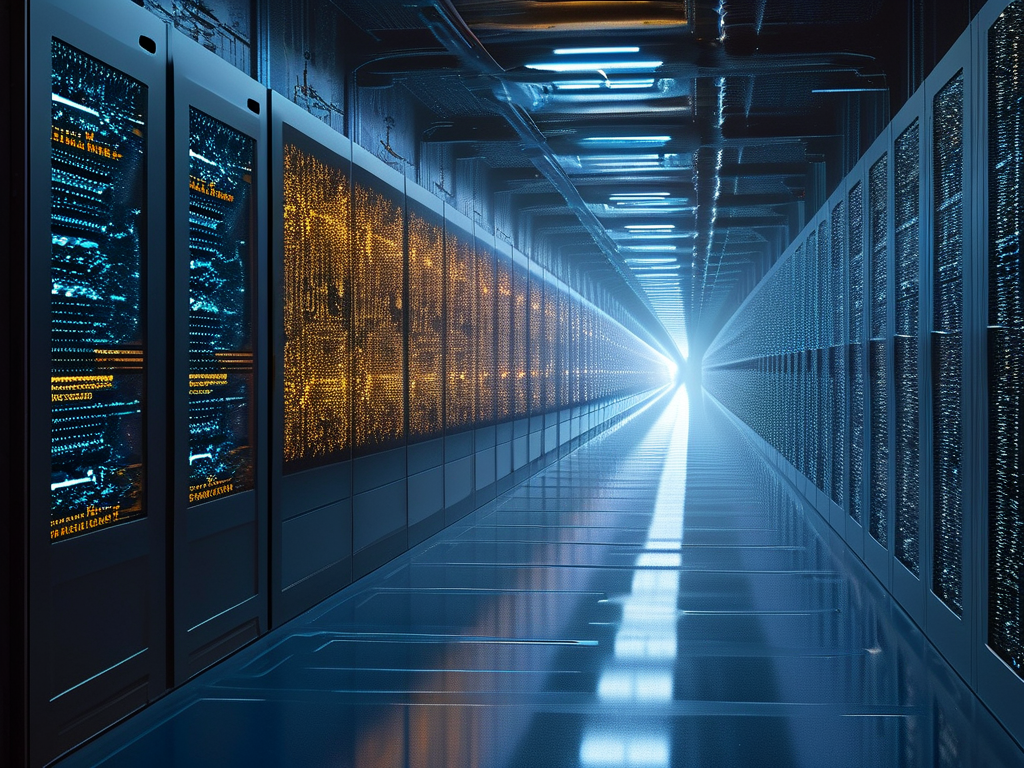
Challenges in Scaling
Scaling quantum memory faces three main challenges:
- Decoherence: Qubits lose their state within microseconds, necessitating ultra-stable environments.
- Error Rates: Even minor noise can corrupt calculations, requiring redundant qubits for error correction.
- Interconnectivity: Moving quantum data between modules without degradation remains unsolved.
Companies like IonQ are addressing these issues by trapping ions in vacuum chambers, while others explore silicon-based qubits for easier integration with classical infrastructure.
Quantum computing’s "memory" defies classical metrics, blending computational power with transient state storage. While today’s systems lack the permanence of hard drives, their ability to process vast datasets in parallel hints at a future where quantum and classical architectures coexist. As research progresses, the line between processor and memory may blur, unlocking capabilities we’ve only begun to imagine.



